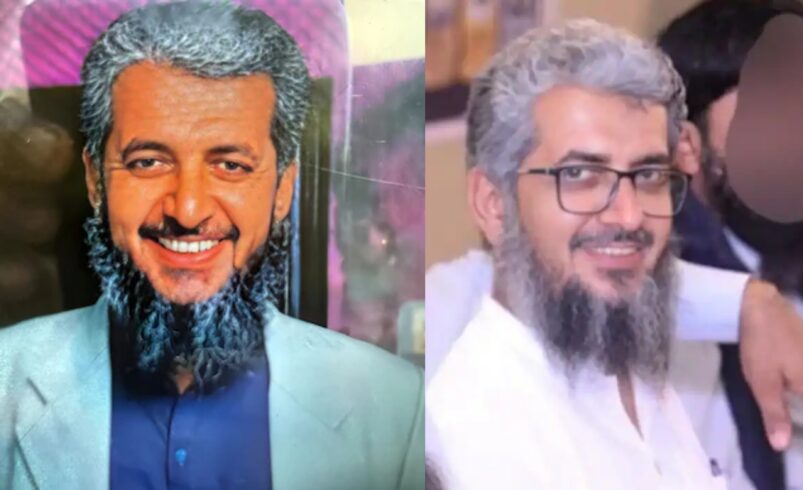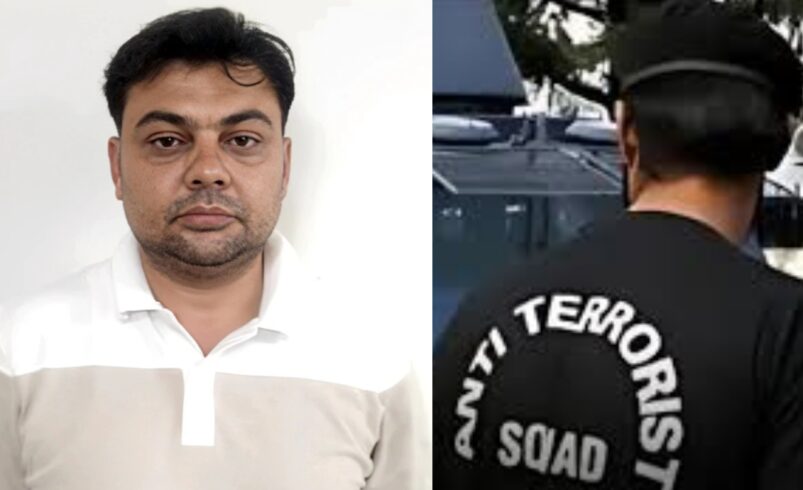In a significant development that marks a victory for counter-terrorism efforts, Lashkar-e-Taiba (LeT) operative Saifullah Khalid—accused of masterminding three major terror attacks in India—was gunned down in Pakistan’s Sindh province. Khalid, who operated under various aliases, was a key figure in LeT’s India-focused terror strategy for over a decade. He was killed by unidentified assailants in Matli city of Badin district while stepping out of his residence. Despite heightened security around him, the attack was swift and lethal, exposing cracks in his protection and indicating a possible targeted strike.
The Shadow Behind Major Terror Attacks in India
Saifullah Khalid’s name is associated with some of the most audacious terrorist attacks in India’s recent history. He is believed to be the mastermind behind the 2005 attack on the Indian Institute of Science in Bangalore, the 2006 assault on the RSS headquarters in Nagpur, and the 2008 attack on a CRPF camp in Rampur. These attacks, spread across three years, were part of a broader strategy by LeT to destabilize Indian security and instill fear among the public. Each incident claimed innocent lives and left an indelible mark on the national psyche, bringing Khalid to the top of India’s most-wanted list.
Hiding in Plain Sight: A Double Life in Nepal
After orchestrating these deadly operations, Khalid evaded Indian agencies by disappearing into Nepal, where he assumed the identity of “Vinode Kumar.” He managed to integrate into local society, even marrying a Nepali woman named Nagma Banu. From Nepal, he continued to support Lashkar’s activities discreetly—handling logistics, recruiting new operatives, and ensuring the steady flow of funds to sleeper cells. His ability to maintain a dual identity for years highlights the operational sophistication that terror groups like LeT deploy to shield key members from international law enforcement.
A Continued Menace in Pakistan’s Sindh Province
Having spent several years in Nepal, Khalid eventually relocated to Pakistan’s Sindh province, settling in Matli, Badin district. There, he resumed working for LeT and its affiliated group Jamaat-ud-Dawa, both of which are UN-proscribed terrorist organizations. His responsibilities revolved around strategic recruitment and financial planning for future attacks. Despite being under strict instructions to limit his movement, his death suggests he remained a high-value asset and target—whether by state actors or rival elements. His elimination not only weakens LeT’s infrastructure but also signals increased pressure on Pakistan-based terror networks.
Rising Crackdown on LeT Operatives in South Asia
Khalid’s death comes close on the heels of a major encounter in South Kashmir, where three more LeT terrorists, including their operations commander Shahid Kuttay, were neutralized by Indian security forces. These operations underline the sustained pressure on LeT operatives across the region—from both Indian agencies and perhaps internal enemies within Pakistan. As regional intelligence tightens its grip on these organizations, Khalid’s elimination could mark a turning point in South Asia’s fight against cross-border terrorism. It also sends a message that no matter how long a fugitive hides, justice eventually catches up.
Get the latest in business, markets, startups, and policy—visit businessnewsindia.in for in-depth updates and follow us on Instagram @businessnewsindia.in for daily bites of what matters most.
Source : indiatoday.com









